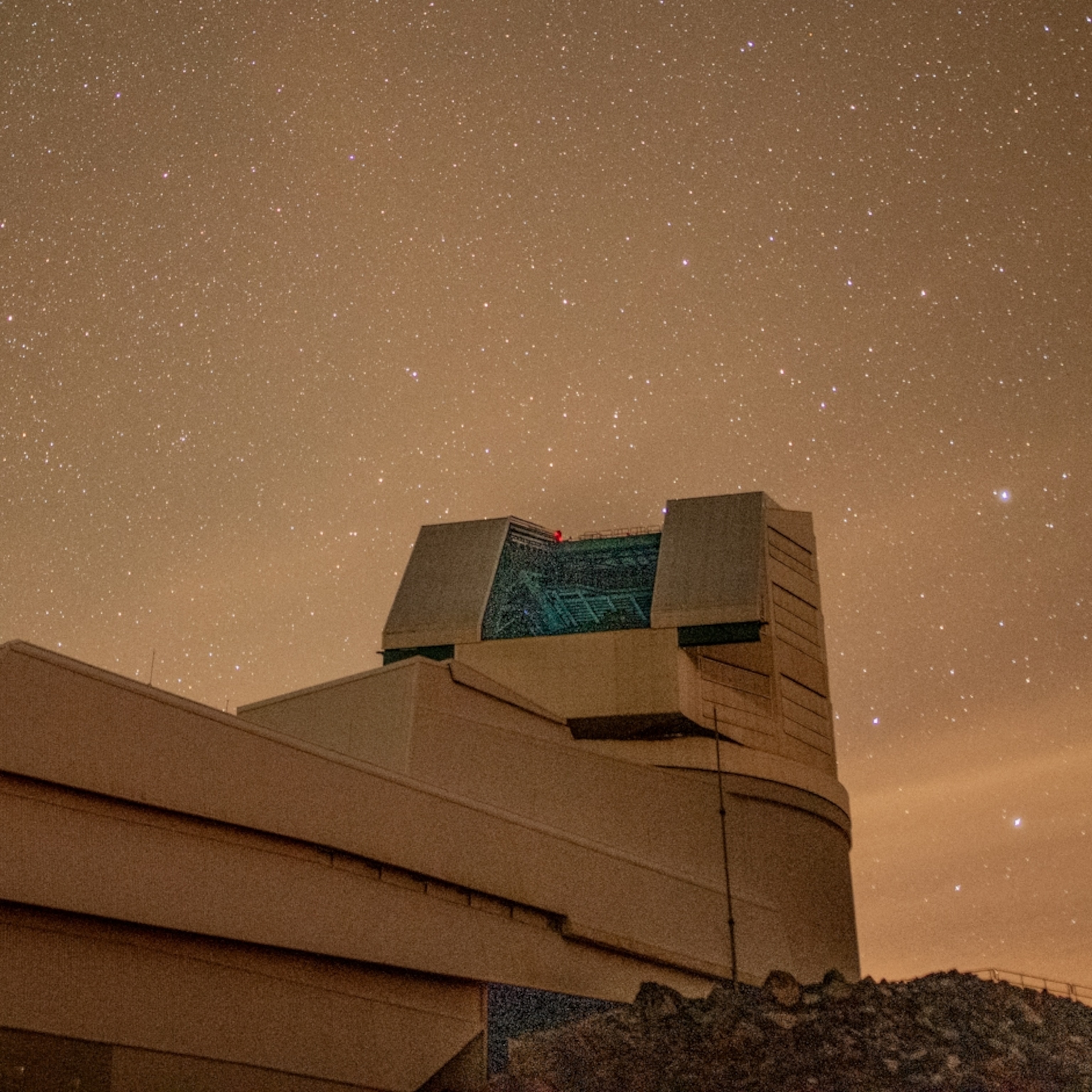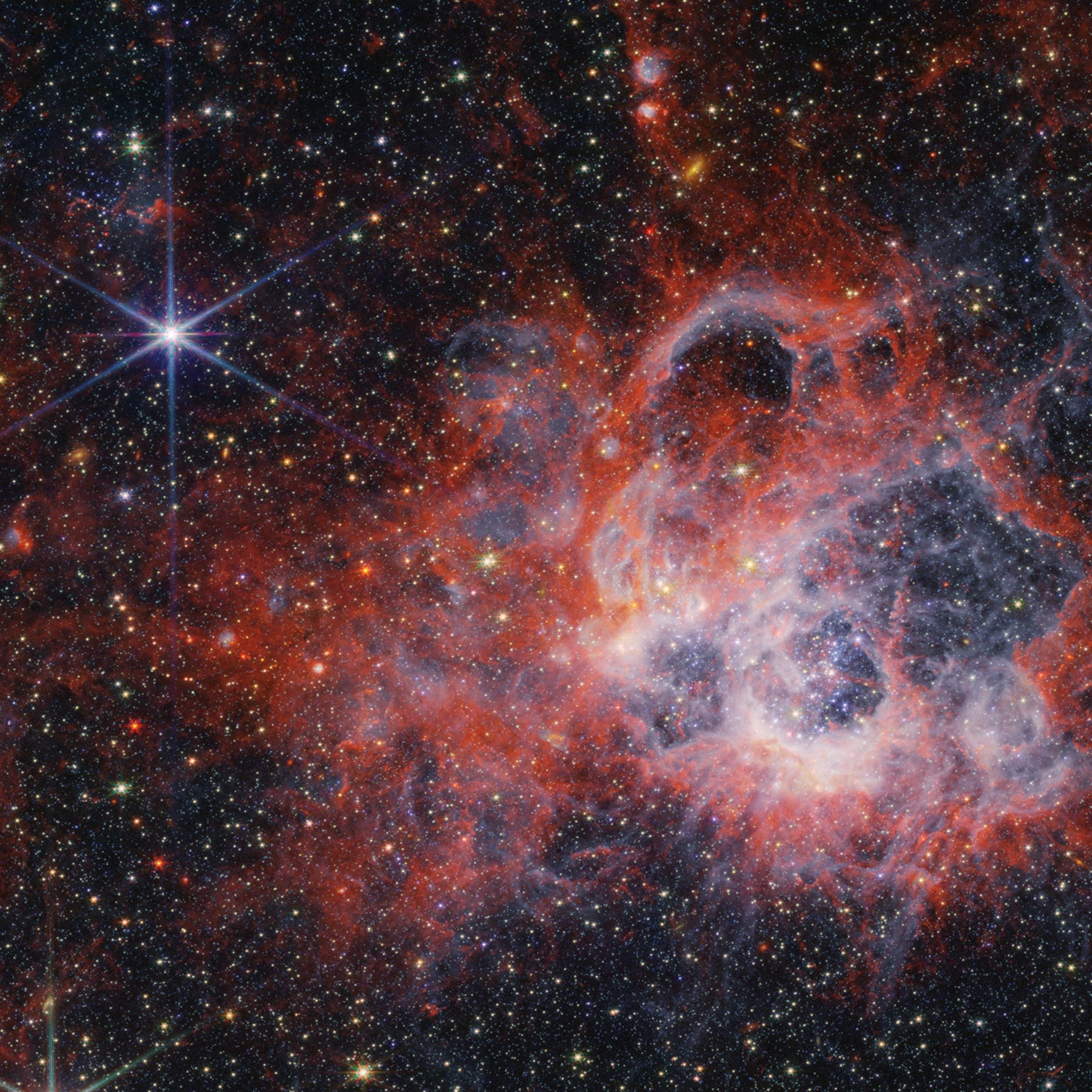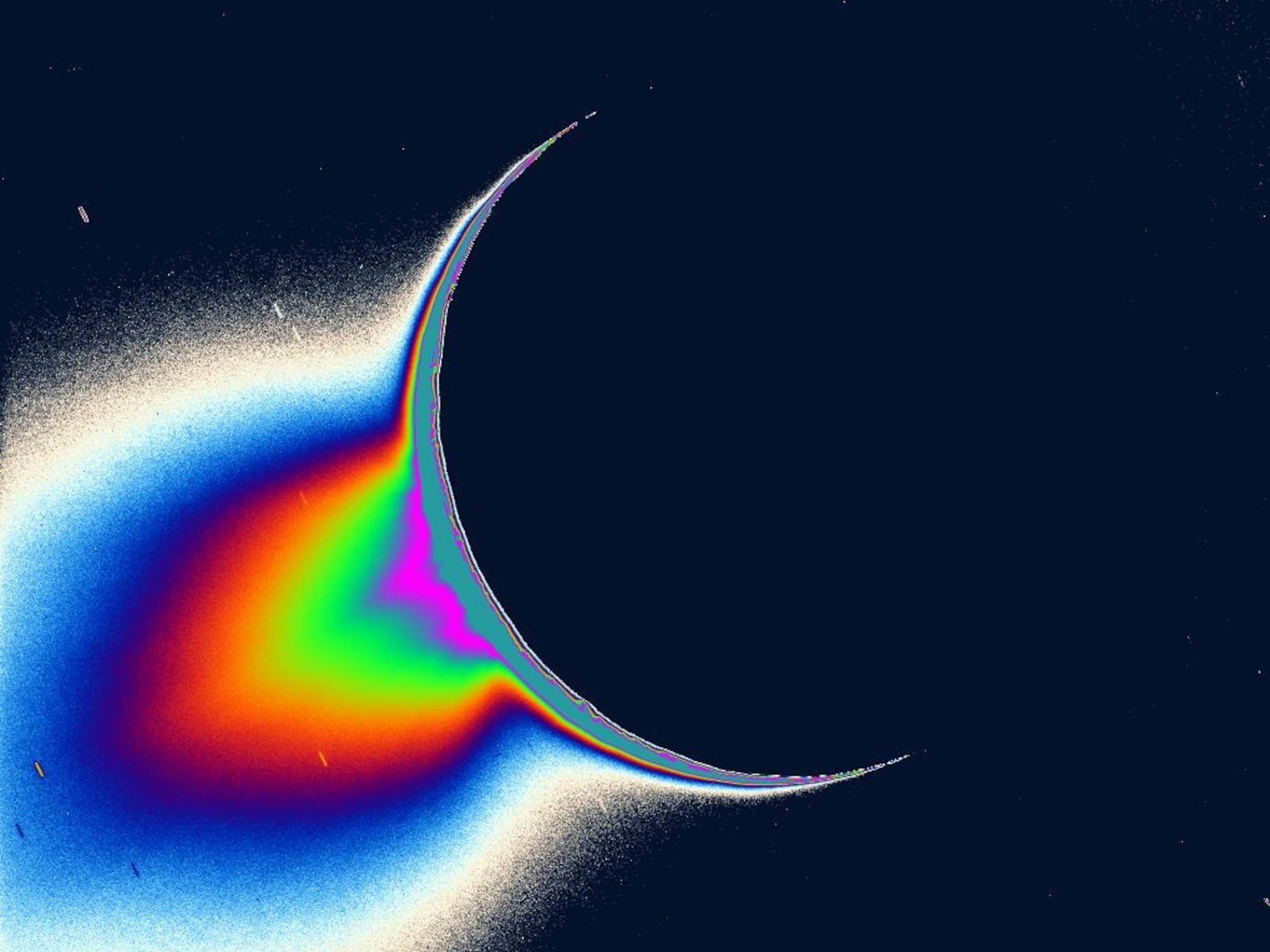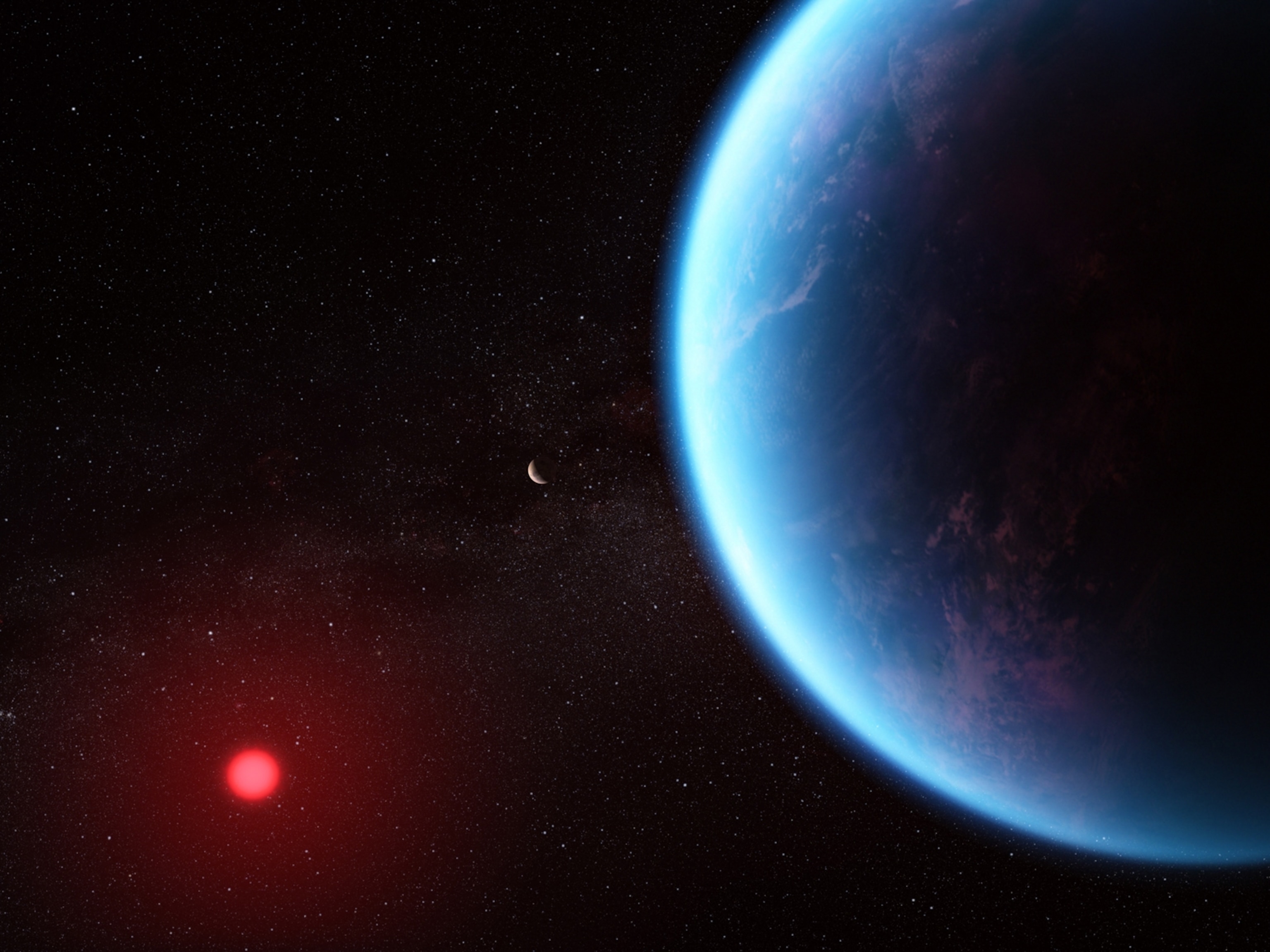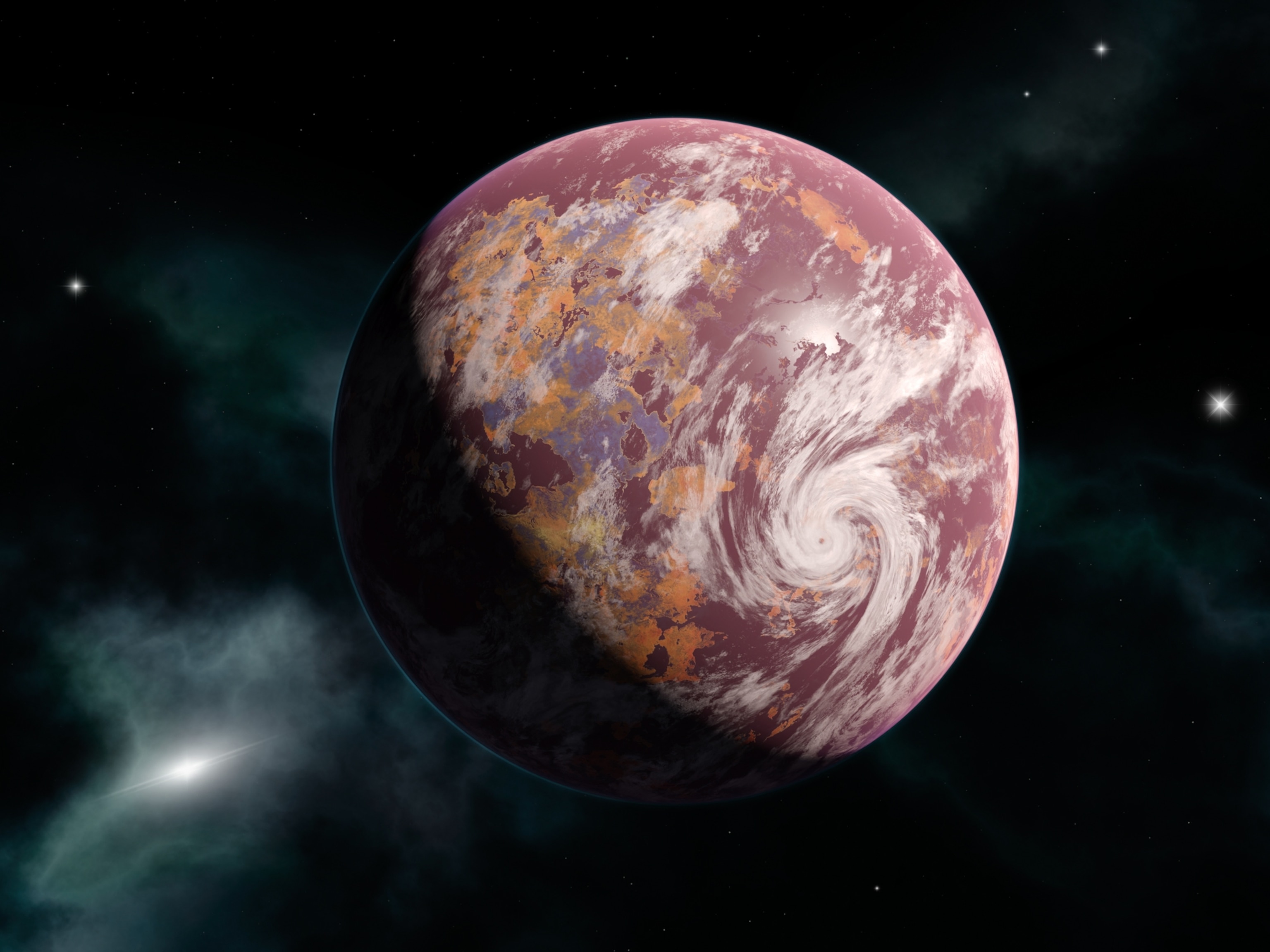
New Planet Discoveries Signal a Shift in the Hunt for Alien Life
With ever more intriguing worlds found in the sun’s neighborhood, the search for extraterrestrials is set to take some bold new steps.
Palo Alto, California — Our galaxy is positively stuffed with alien worlds.
That exoplanets swarm the Milky Way, and that a good fraction of them are small, rocky, and temperate like the planet we live on, means the search for life beyond Earth is moving past the question of whether these worlds are common and on to the more profound question of whether those faraway worlds also host life.
“We’re no longer wondering if rocky planets are in the habitable zones of stars,” the University of Arizona’s Olivier Guyon said during last week’s Breakthrough Discuss conference, hosted by the Breakthrough Initiatives. “As far as we can tell, they’re everywhere. We’re transitioning into life-finding. We have a lot of work ahead of us.”
Whether planets are a galactic feature or a bug has really only been resolved in the last five years or so, as instruments with increasingly sharper eyes have carved out the signatures of planets from faraway starlight and delivered those worlds to eager Earthlings.
Tantalizingly, some of those worlds circle the stars nearest the sun, and they are in orbits that make it likely that liquid water dampens their surfaces. Scientists are not even close to nailing down which characteristics tell us that, yes, a planet is indeed habitable, or to parsing all the ways in which life might write its signatures, whether biological or technological.
Still, some of the most intriguing planets are relatively nearby, which makes them obvious targets in the search for life—as well as possible destinations for the first wave of dedicated interstellar spacecraft.
Planets, Planets Everywhere
The sun’s neighborhood is filled with small, dim red stars called M dwarfs. Though they’re the most common type of star in the galaxy, these dwarfs weren’t always considered good places to search for habitable planets—that’s only become a trend over the last couple of years. Now, based on data from several surveys, we know that one out of every four M dwarfs has a planet that’s the same size and temperature as Earth, says Caltech’s Courtney Dressing.
Take the star just next door, a red dwarf 4.24 light-years away called Proxima Centauri. It has a planet.
Actually, there’s at least one planet around that small star. At the Breakthrough meeting, Guillem Anglada-Escude, of Queen Mary University of London, pointed to two other intriguing signals in his team’s data. Neither of the other two signals can be confirmed as the fingerprint of a planet right now, but the team hopes more observations will reveal an answer.
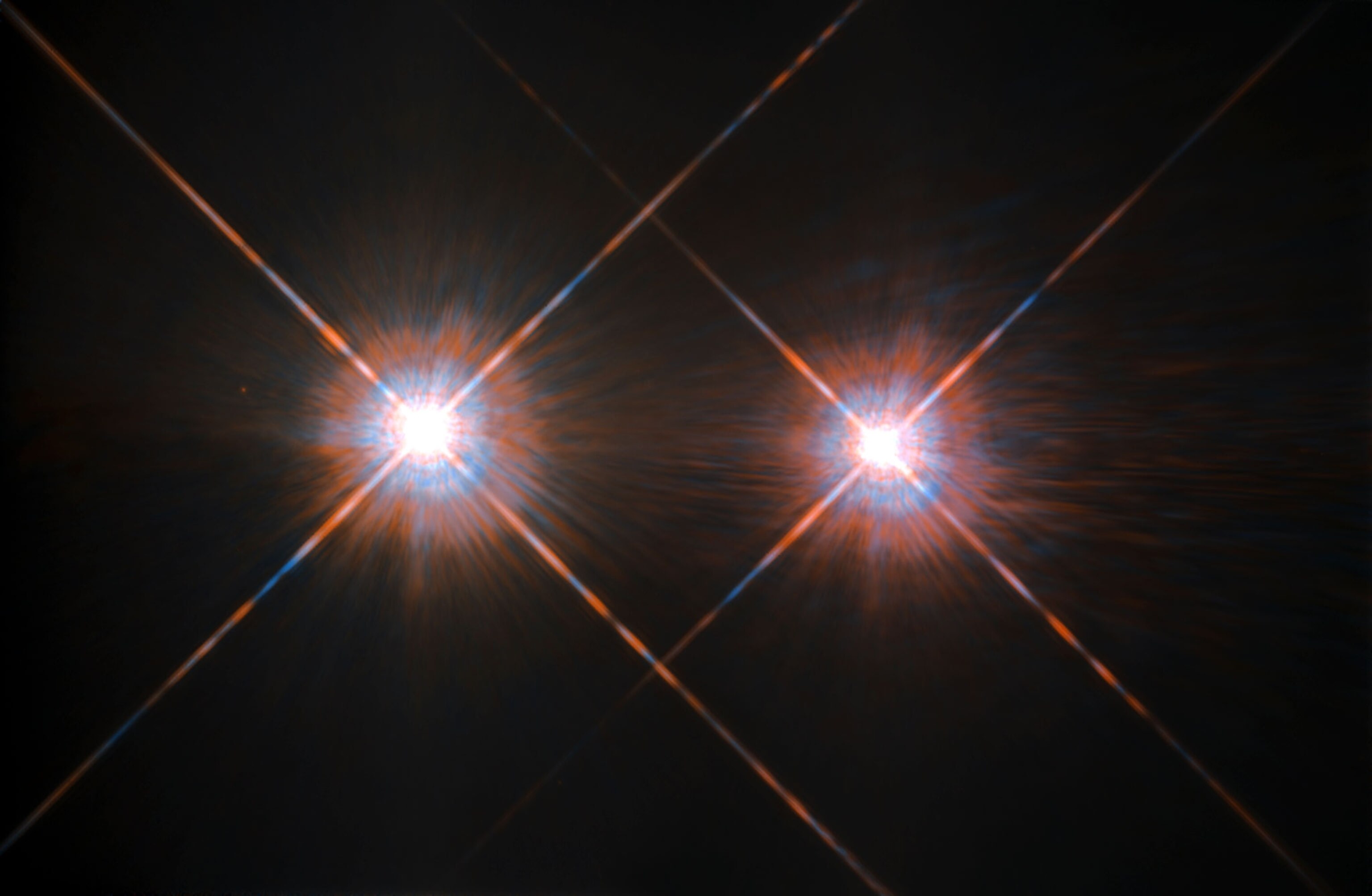
Slightly farther afield, another candidate world orbits a dim, cool star six light-years from the sun. Named after astronomer E.E. Barnard, this next-nearest star has been the hypothetical host of planets for decades, ever since Dutch astronomer Peter van de Kamp erroneously announced in the 1960s that at least one gas giant lived there.
If the freshly detected world is really there, it’s more massive than Earth and is likely too cool to be considered habitable. But planets don’t usually form in isolation, so it does offer hope for future finds around Barnard’s star.
“We will be hunting for warm planets in the summer, but there is not such a clear candidate for a warm planet yet,” Anglada-Escude said.
And Luyten’s star, a red dwarf 12.3 light-years from the sun, hosts not one but two confirmed planets, one of which is in a habitable orbit. There are a handful of other stars within 30 light-years or so that could have worlds of their own. That so many potentially habitable exoplanets are hanging out nearby “builds up the case for developing direct-imaging techniques leading to characterization,” Anglada-Escude says.
“I think there’s a good chance that a planet that has life on it orbits one of the nearby M dwarfs we’ve already heard about today,” Dressing said, referring to the planets around Proxima Centauri and two small, more distant stars called TRAPPIST-1 and LHS 1140 that have captured recent headlines.
In other words, it’s no longer enough to know that these planets are there. It’s time to get to know them.
Reading the Signatures of Life
The best worlds to scrutinize for signs of life—for the foreseeable future, at least—will need to orbit close enough to Earth for telescopes to get a good look, and be positioned so that they cross their host star’s face from our perspective. That way, light from the star can filter through any potential atmosphere and allow us to read its contents.
That’s one of many tasks NASA’s Transiting Exoplanet Survey Satellite and the James Webb Space Telescope, among other projects, are gearing up to do over the next decade. If all goes to plan, TESS will find more planets worth staring at, and JWST will use its powerful eye to peer through any distant atmospheres, looking for molecules that might betray the presence of life.
At the Breakthrough meeting, Cornell University’s Lisa Kaltenegger and others proposed that something like a mix of methane and oxygen-containing gases such as ozone could herald the discovery of extraterrestrial life—if they were found wafting through the air curled around a rocky, temperate planet. But even that isn’t a slam-dunk. Proving life was truly responsible for those gases promises to be a controversial, Herculean task.
Plus, there are plenty of unfamiliar ways for life to find a foothold, using alien metabolisms that produce unexpected signatures. Kaltenegger and Cornell’s Jack O’Malley-James suggested last year that life-forms on Proxima’s planet, for example, could have evolved to use their star’s predominantly UV light by generating fluorescent proteins, and that telescopes on Earth could be tasked with looking for fluorescent biosignatures.
Recognizing life in all its possible biological forms isn’t just a question that’s plaguing exoplanet experts—it’s something scientists searching for life in the icy oceans of the outer solar system are also grappling with.
“We have one data point for life: That’s our own planet,” Kaltenegger says. “So for now, we’ll use what we know from the Earth. If we get a second data point, which I hope we do, I think all our priorities are going to change.”
Then there’s the question of techno-signatures, which could take the form of alien radio transmissions, pulsed laser beams, waste heat generated by advanced civilizations, bizarre blips in stellar brightness, or even the disappearance of host stars entirely. In other words, scientists searching for manifestations of advanced civilizations ought to expect the unexpected and search for the weird, though proving a technological origin rather than a funky astrophysical one, will also be quite difficult.
“We really do need to embrace this idea that it may be little gray boxes, not little green men, that we end up detecting,” said the SETI Institute’s Jill Tarter.
A Second Origin
Merely finding life, no matter how far-flung or bizarre, doesn’t necessarily tell us how it sprouted, and whether the process was any different from the origins of life on Earth. That is an even tougher and more nagging question, says NASA astrobiologist Chris McKay.
Proving a second origin—and therefore making a more profound commentary on the fundamental prevalence of life—can be done from afar, McKay said, although it’s just on the hairy edge of possibility.
Astronomers could look for the “handedness” of alien biomolecules and see if it matches what we have on Earth. Here, the molecules that build our proteins are asymmetric and assume what scientists refer to as a left-handed chirality—meaning they’re mirror images of hypothetical right-handed forms, and they twist light in a particular direction.
There’s no easy answer for why or when lefties ended up dominating Earth’s amino acids (this is a subject of great debate), but biochemists generally think single-handedness is crucial for efficient molecular engines.
Finding evidence for right-handed molecules in the gases of an exoplanet, or in the plumes of an icy moon in this solar system, would be strong (though not necessarily iron-clad) evidence for a second origin, McKay says.
The next big leap in exploring questions about alien worlds is to visit one up close, and that’s where the Breakthrough Starshot project comes into play. If the team succeeds, humanity will propel a nano-sized spacecraft to the Alpha Centauri system in the next several decades and capture the first images of an exoplanet from within its own system.
It’s a lot to hope for, but answering one of the stickiest, most profound questions humanity can ask will necessarily demand perseverance, patience, and fearlessness. And perhaps one day, the answer to whether we’re alone in the cosmos will be as definitive as whether other planets are spinning in the sky.

